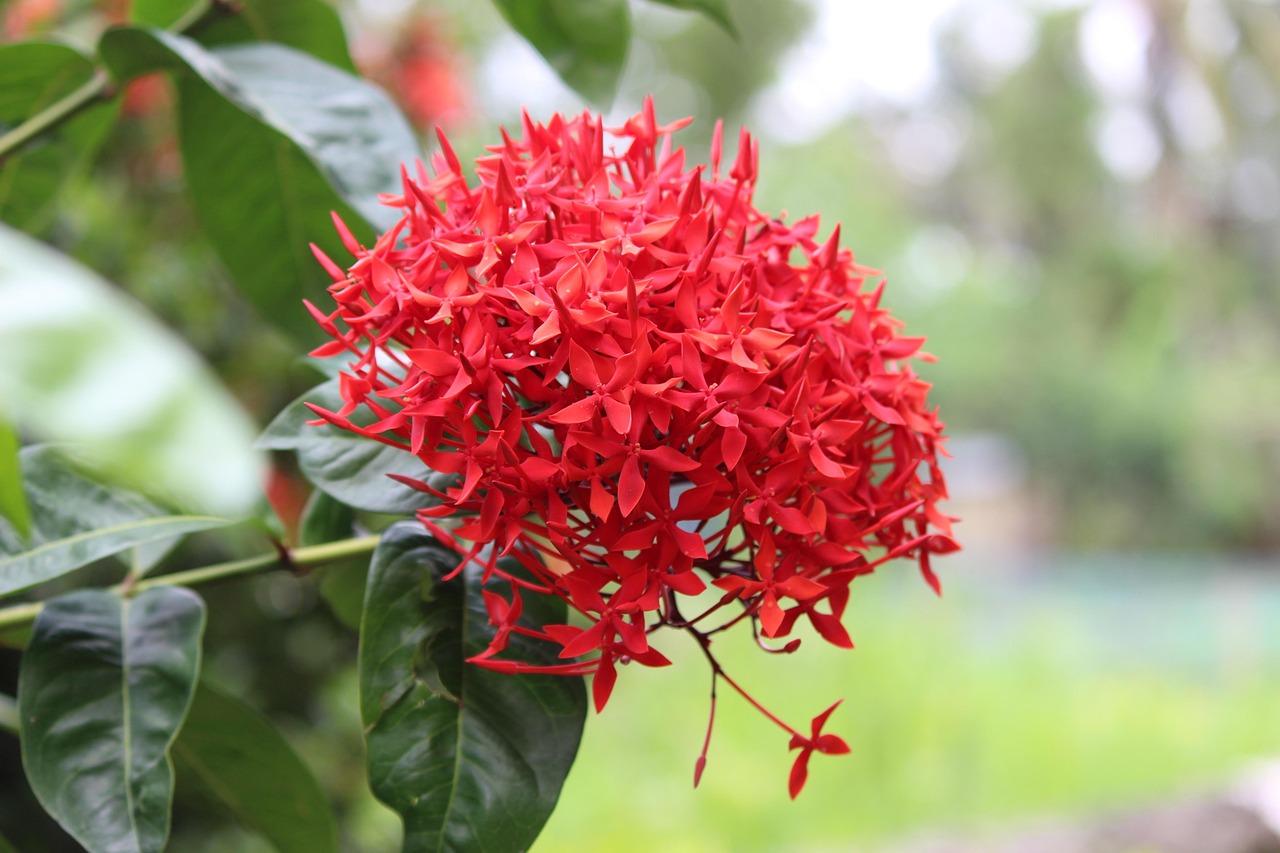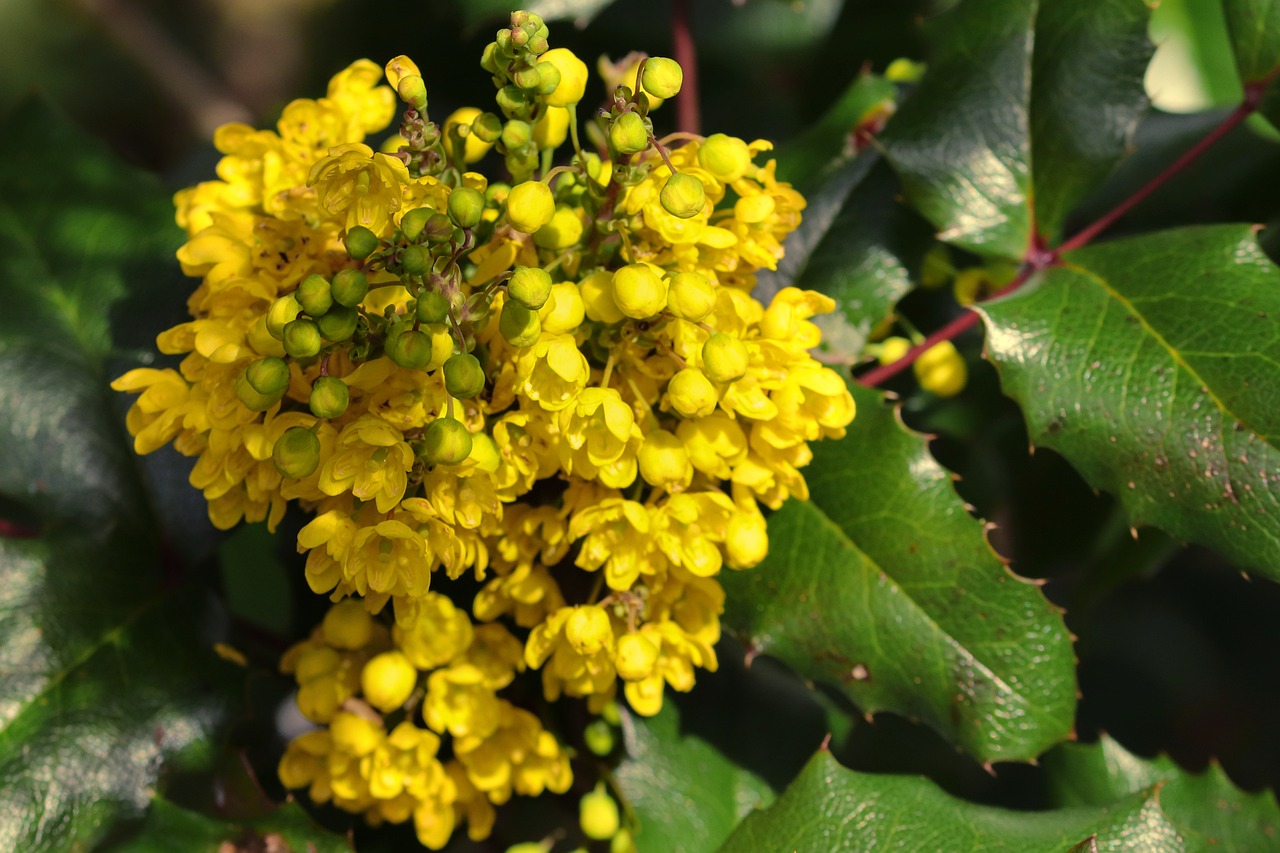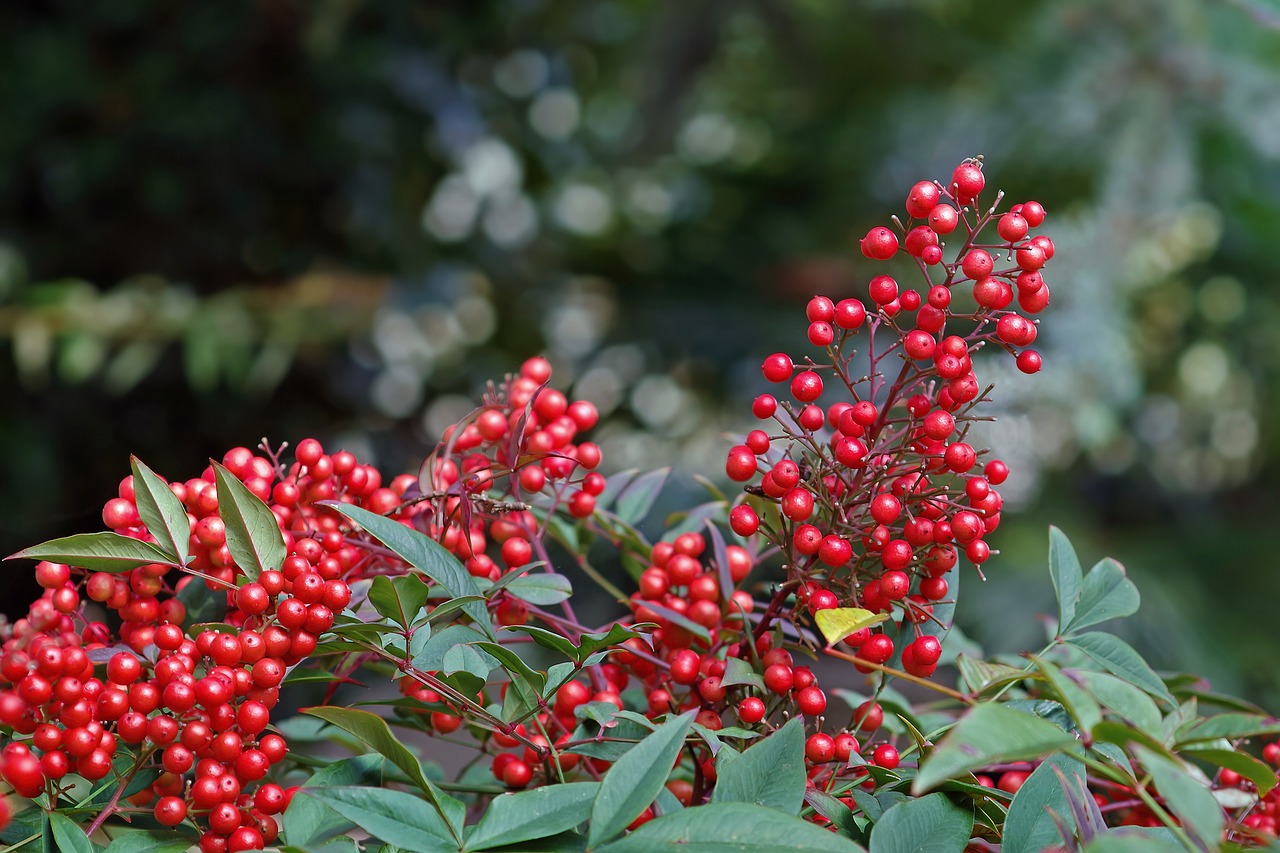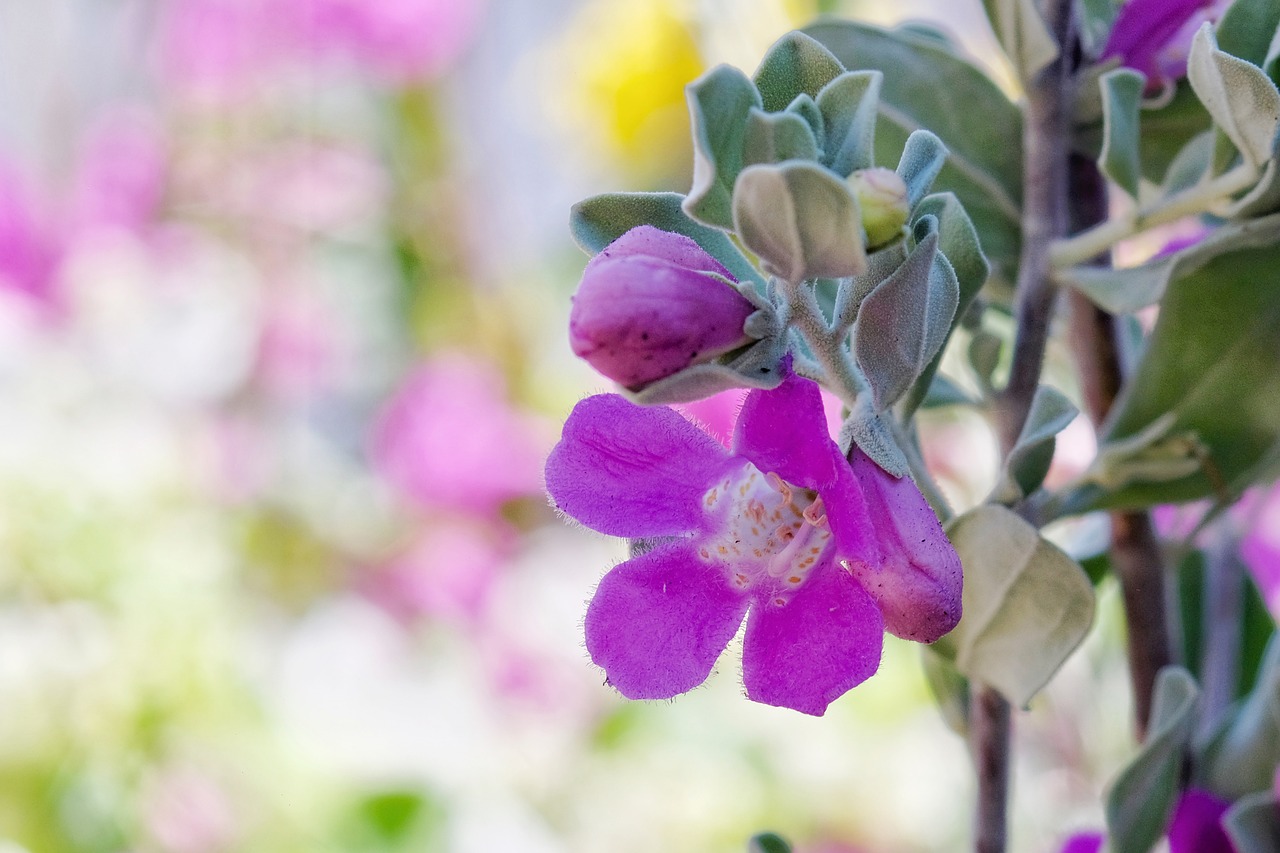Solanum rantonnetii | The Decorative Beauty of Purple Blossoms in Mediterranean Gardens
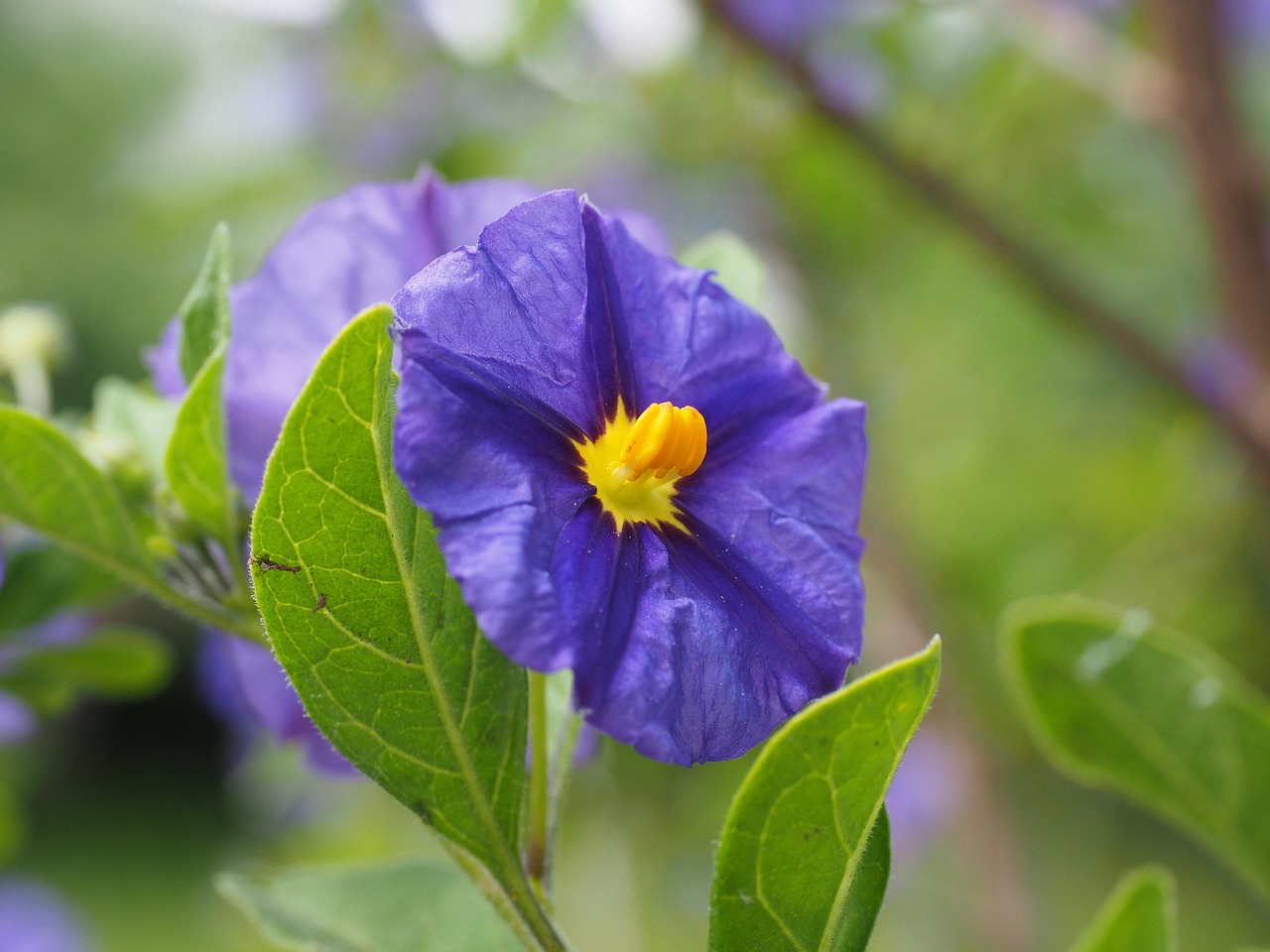
I introduce Solanum rantonnetii, an ornamental shrub belonging to the Solanaceae family, which is admired for its long-lasting purple flowers.
Although native to South America, it was introduced to Europe in the 19th century and soon became established as a garden plant, particularly along the Mediterranean coast.
In this article, I will present its basic information, cultural significance, and historical background.
Basic Information
- Scientific name: Lycianthes rantonnetii
- Family: Solanaceae
- Origin: Argentina, Paraguay
- Appearance: A semi-climbing shrub with flexible branches, reaching 1–2 meters in height. The purple flowers, measuring 3–5 cm in diameter, display a bright yellow center.
- Blooming season: From early summer to late autumn.
Cultural Significance Worldwide
In Southern Europe, Solanum rantonnetii is widely used for garden landscaping and public spaces.
In regions such as Provence in France, or Sicily and Campania in Italy, it is often planted along fences, pergolas, and arches, thanks to its tolerance of dry climates.
It is commonly combined with classic Mediterranean plants such as lavender and bougainvillea, creating harmonious color contrasts in garden design.
Recently, it has also drawn attention in eco-friendly landscaping approaches, including dry gardens and natural gardens. Its resilience to drought and low maintenance requirements make it suitable for public spaces and educational facilities.
In urban environments, it is also valued for balcony gardening and container cultivation.
Historical Background
Solanum rantonnetii appeared in Western horticulture during the 19th century.
French horticulturist Victor Rantonnet introduced many plants from Algeria and South America, cultivating them in the garden of his residence, Villa “Rova” in Nice. His garden became famous among diplomats, horticulturists, and artists, and his name remains associated with this plant.
Initially recorded as Solanum rantonnetii, the plant was later reclassified as Lycianthes rantonnetii in the early 20th century, reflecting the transition from 19th-century external classification to a modern system based on morphology and genetics.
It was frequently exhibited in 19th-century horticultural shows and world expositions, contributing to the rise of greenhouse culture in Europe.
Through this cultural movement, the plant became established in botanical gardens and aristocratic estates, symbolizing the connection between urban life and nature.
Gardening Advice
To enjoy Solanum rantonnetii over a long period, I recommend the following care points:
Light
Prefers full sun; at least half a day of direct sunlight is ideal.
Watering
Water generously when the surface soil is dry. In summer, morning or evening watering is best; avoid waterlogging.
Soil
Well-drained and rich in organic matter. A mix of akadama, leaf mold, and perlite works well.
Fertilizer
Apply liquid fertilizer every 2–3 weeks during the growing season (spring to autumn).
Pruning
After flowering or when branches are crowded, prune to improve ventilation and prevent pests. Shape pruning is best in spring or late autumn.
Wintering
Sensitive to cold. In regions below 5°C, move potted plants indoors. For outdoor cultivation, protect with nonwoven fabric.
Conclusion
Solanum rantonnetii, originally from South America, was introduced to Europe in the 19th century by Victor Rantonnet.
Since then, it has been cherished in Mediterranean gardens and is now valued in urban greening and landscape design.
With its striking contrast of purple and yellow, this plant integrates naturally into traditional Southern European gardens, adding vibrant beauty to diverse horticultural spaces.

